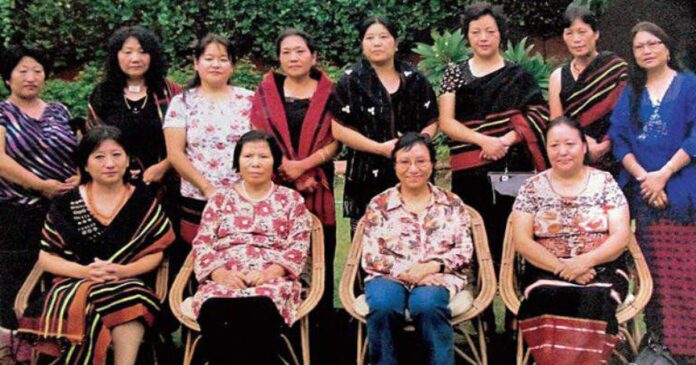In navigating the complex terrain of the Naga peace process, the call for an alternative arrangement has emerged as a significant consideration. However, proponents argue that there’s no need to reinvent the wheel; instead, a careful examination and adaptation of existing frameworks could pave the way for a successful resolution.
The Naga peace process, one of the longest-standing conflicts in India, has seen various attempts to find a lasting solution. The demand for an alternative arrangement suggests a reevaluation of the current approach, seeking more inclusive and effective mechanisms to address the aspirations of the Naga people.
Critics argue that while the call for an alternative arrangement is valid, it’s crucial to leverage existing structures and agreements as a foundation. The Framework Agreement signed in 2015 between the Government of India and the National Socialist Council of Nagaland (Isak-Muivah) marked a historic step forward. It laid the groundwork for a comprehensive solution by recognizing the unique history, identity, and aspirations of the Naga people.
Building on this foundation, experts emphasize the need to adapt existing structures rather than starting anew. Revisiting and refining the Framework Agreement could provide the flexibility required to address evolving concerns while maintaining the core principles of inclusivity and respect for Naga identity.
The alternative arrangement discussions also bring attention to the significance of involving all stakeholders. The Naga peace process extends beyond just the Government of India and the NSCN (IM). Engaging with various Naga groups, civil society, and local communities ensures a more holistic and representative approach.
The adaptation of existing frameworks doesn’t imply a compromise on the principles of autonomy and self-determination. Instead, it acknowledges the progress made and seeks to build on it for a comprehensive and enduring resolution.
As discussions unfold, the focus remains on finding common ground and fostering a spirit of collaboration. The Naga peace process is not just a negotiation between two entities; it is a collective effort to address historical grievances, aspirations, and the desire for lasting peace in the region.
The debate around the alternative arrangement for the Naga peace process underscores the need for a thoughtful and adaptive approach. While there’s acknowledgment of the need for adjustments, the consensus leans toward building upon existing frameworks rather than starting from scratch. This strategy aims to honor the progress made so far and create a foundation for a sustainable and inclusive resolution to one of India’s longest-standing conflicts.




